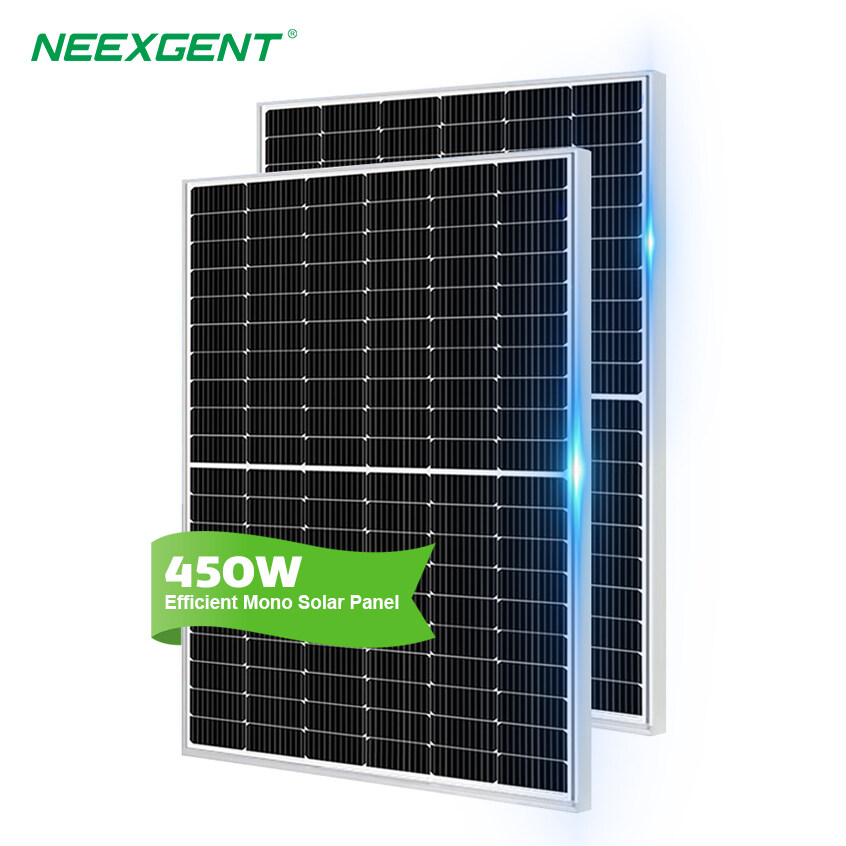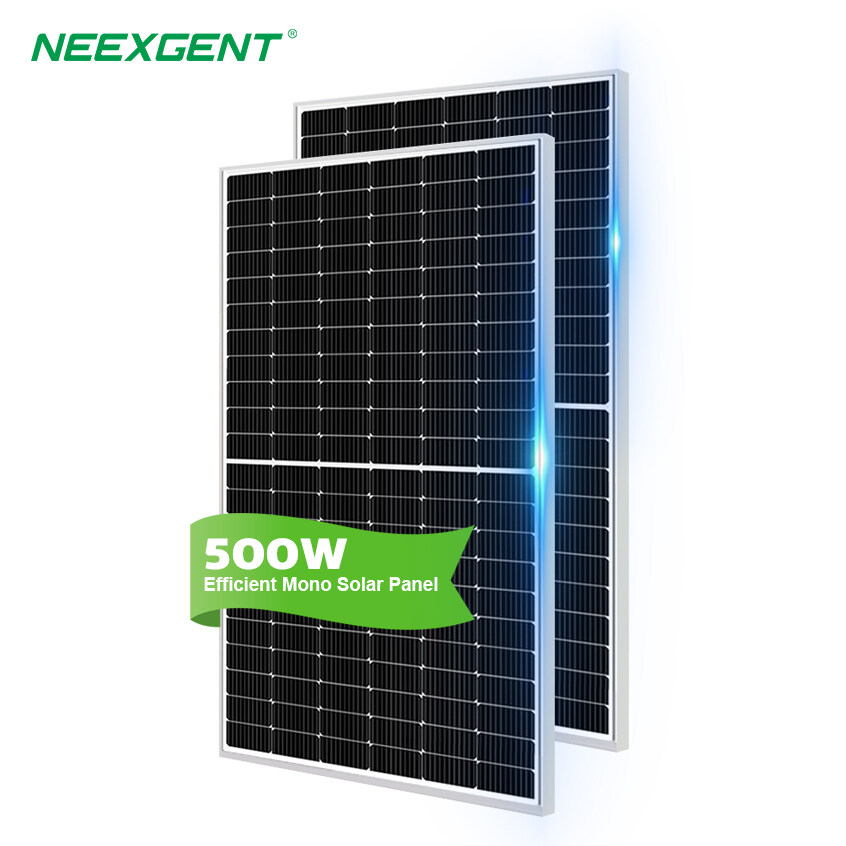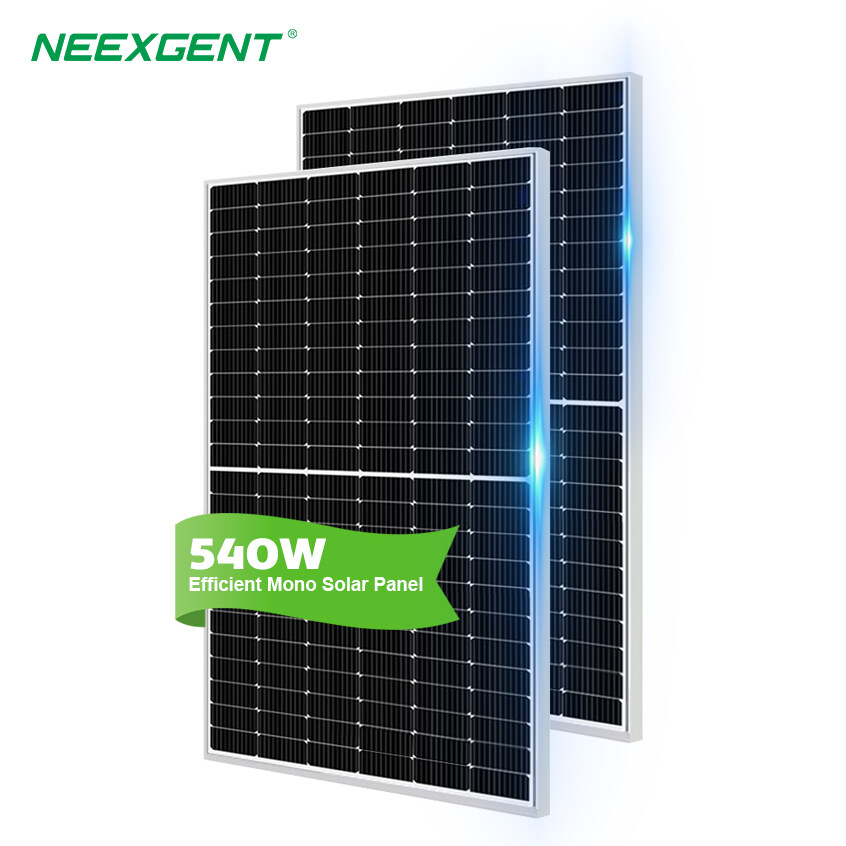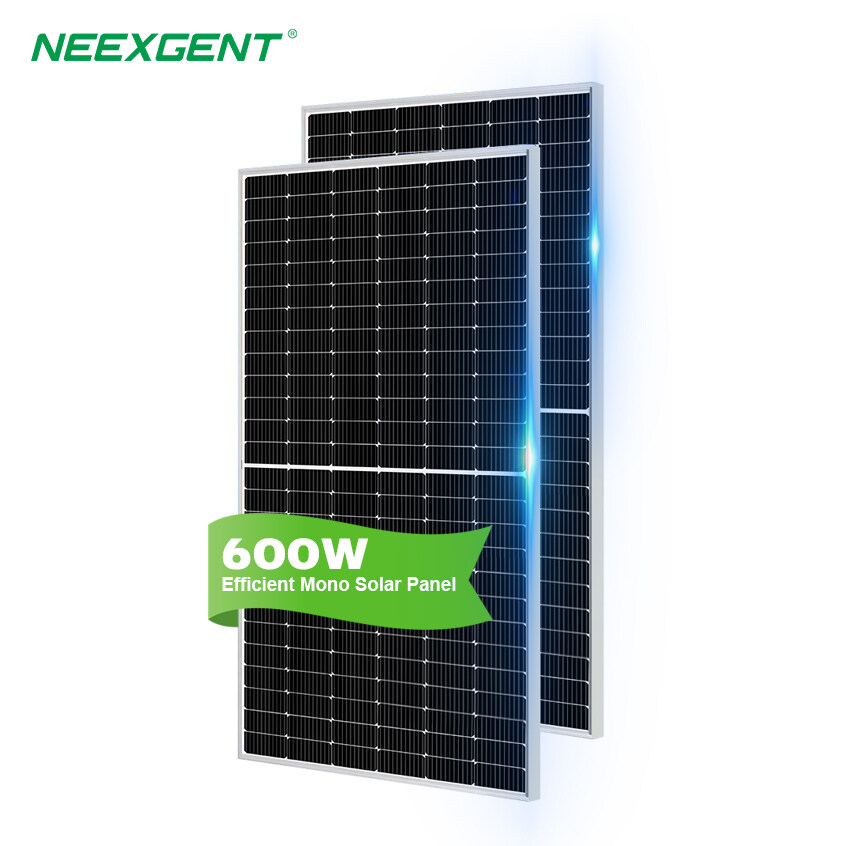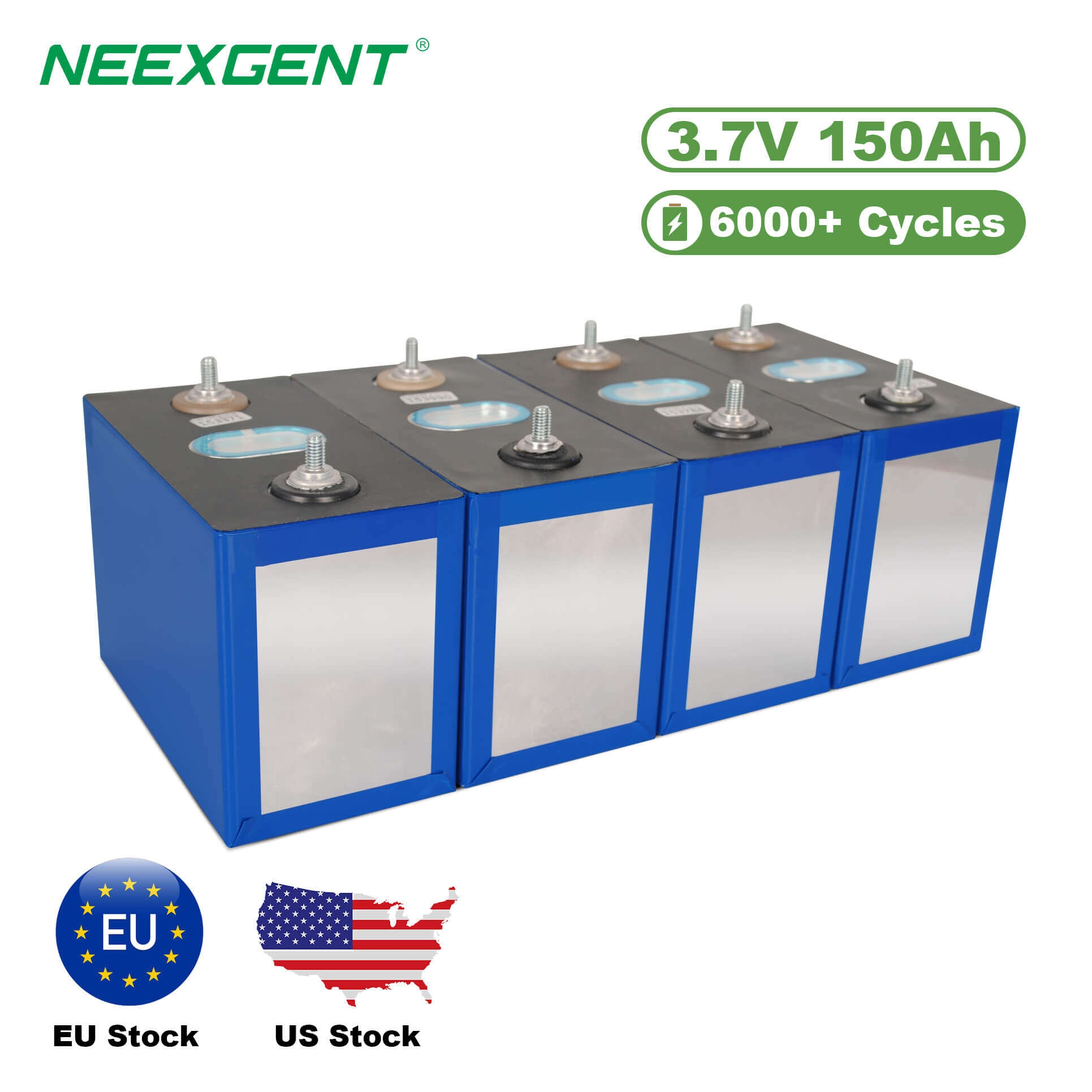Contents:
As energy prices continue to rise and concerns about environmental sustainability grow, solar energy systems have become a practical and popular choice for households and businesses in Pakistan. Among these, the 5kW solar system stands out as an ideal capacity for average residential needs. In this article, we examine the current price trends, expected costs in 2025, the factors influencing the pricing, and why now might be the right time to invest.
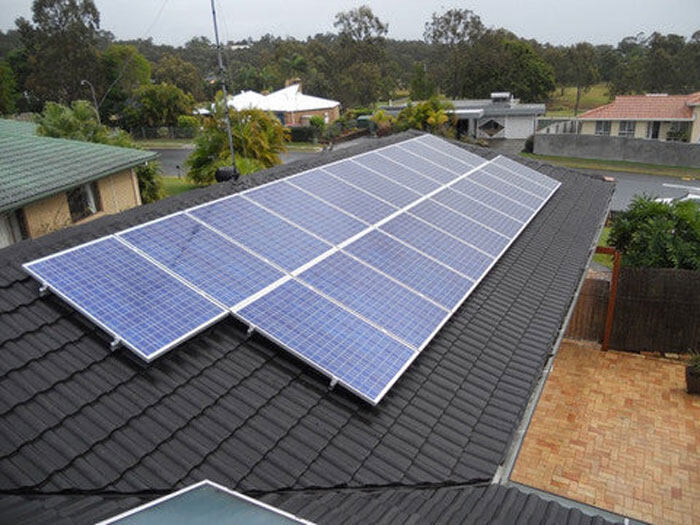
Why Choose a 5kW Solar System?
A 5kW solar power system is generally sufficient to power a medium-sized household, running essential appliances such as fans, lights, refrigerators, and even air conditioners for several hours a day. On average, a 5kW system can generate around 20 to 24 kWh of electricity per day, depending on your location, sun exposure, and the quality of the panels used.
2025 Price Overview of 5kW Solar Panels in Pakistan
In 2025, the price of a complete 5kW solar system in Pakistan is estimated to range from PKR 780,000 to PKR 950,000, depending on the components included (e.g., inverter brand, type of panels, battery backup, mounting structure, etc.).
Here’s a table summarizing the price trend over the last few years:
|
Year
|
Estimated Price (USD)
|
Estimated Price (PKR)
|
|
2020
|
$4,000
|
640,000
|
|
2021
|
$3,700
|
629,000
|
|
2022
|
$3,400
|
646,000
|
|
2023
|
$3,100
|
700,000
|
|
2024
|
$2,950
|
755,000
|
|
2025
|
$2,800
|
790,000
|
Exchange rates may vary; here we assume an average USD to PKR conversion of 1 USD = 230-280 PKR.
Price Breakdown for a 5kW System
Factors Influencing Solar Panel Costs
-
Exchange Rate Fluctuations: Since most components are imported, a weak rupee increases costs.
-
Government Policies and Import Duties: Tariffs on solar components can affect pricing.
-
Technological Advancements: Better efficiency means fewer panels for the same output, reducing costs.
-
Demand and Market Competition: Growing adoption drives prices down due to scale.
-
Global Supply Chain: Disruptions in Chinese exports or raw material shortages can spike prices.
Payback Period and ROI in 2025
Given the average electricity cost of PKR 35/kWh, a 5kW system generating ~700 kWh/month can save over PKR 25,000 monthly. The return on investment (ROI) period is approximately 3–4 years with continued savings over 20+ years.
Government Support in 2025
As of 2025, Pakistan continues its Net Metering initiative under NEPRA guidelines. Homeowners with 5kW systems can legally sell excess electricity back to the grid, further improving ROI.
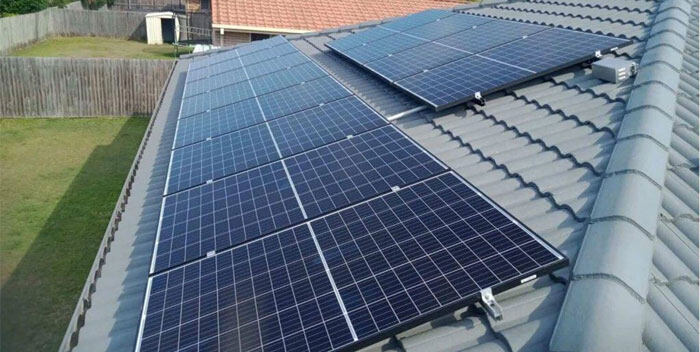
Price Trend of 5kW Solar Panel Systems (2020–2025)
To better understand the market evolution, the following line chart illustrates the estimated price trend of 5kW solar systems in Pakistan over the last six years. As the data shows, the cost has steadily declined due to advancements in solar technology, increased local adoption, and improved import logistics. This trend highlights a favorable shift for consumers looking to invest in renewable energy in 2025.
Final Thoughts
As Pakistan continues to face rising electricity costs and frequent grid disruptions, switching to solar energy is no longer just an eco-conscious choice — it's a smart economic decision. The 5kW solar system offers the perfect middle ground: powerful enough to cover essential household needs, yet compact and affordable enough for the average family.
With prices in 2025 at their most competitive levels yet, robust net metering policies in place, and return on investment achievable in as little as three years, there's never been a better time to embrace solar power. Whether you're aiming to cut down your bills, gain energy independence, or future-proof your home against load-shedding and inflation, a 5kW solar system is an investment that pays back — financially, environmentally, and sustainably.
The sun shines freely — why not harness its power for a brighter, more secure future?

